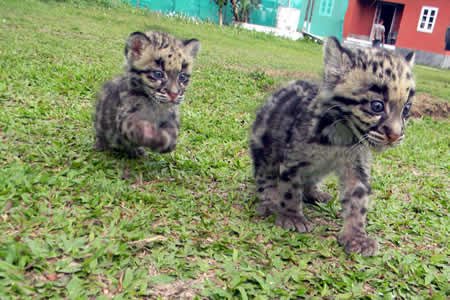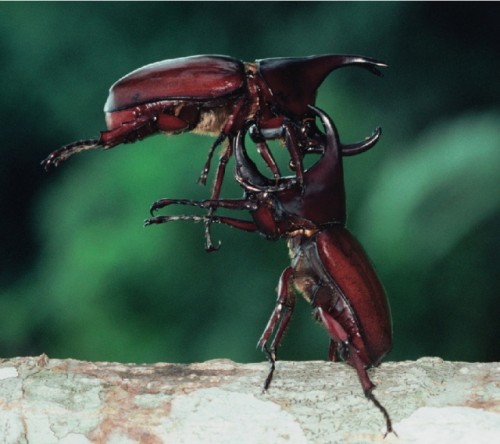 This time it is poaching of a different kind and a threat of a different magnitude. Live, endangered Indian animals like turtles, tortoises, gharials and even bear and leopard cubs, are being trafficked by air, stuffed in suitcases, to Bangkok, to be sold as pet animals. These unfortunate animals are traded at chatuchak market area in Bangkok and the Suvarnabhumi air port is being used as transit point for this illegal activity.
This time it is poaching of a different kind and a threat of a different magnitude. Live, endangered Indian animals like turtles, tortoises, gharials and even bear and leopard cubs, are being trafficked by air, stuffed in suitcases, to Bangkok, to be sold as pet animals. These unfortunate animals are traded at chatuchak market area in Bangkok and the Suvarnabhumi air port is being used as transit point for this illegal activity.
In a recent incident, around 400 live turtles, star tortoises, ghariyals, a few leopard cubs and bear cubs were seized from a man from UAE man at the Suvarnabhumi international airport. Traffic India blames Bangladesh for such recurring incidents of illegal wildlife trafficking. Infant animals – four leopard cubs, a marmoset, a baby gibbon and a bear cub were found alive in the smuggler’s bags. One of the leopard cub stuffed in a suitcase gave a muffled cry and this is how he was caught.
In a similar incident, 500, live, protected animals like tortoises, turtles and seven gharials were recovered at the same air port. Stuffed in four bags, they had not been opened for 10 days. 4-5 tortoises were dead due to dehydration. The total worth of these animals was estimated at $30,000, as per Traffic India sources.
They said,
“These beautiful animals are destined for Chatuchak market and would have become the pets of well-to-do people, with Chatuchak market in Bangkok getting notorious for openly selling endangered species”
X rays revealed turtle like shapes and when the bags were opened officials found several species of tortoises and turtles.
This matter has been presented to the Thai authorities in all seriousness to establish the Indian connection. Additional Director, Rina Mitra, of Wildlife Crime Control Bureau (WCCB) coming under the Ministry of Environment and Forests stated,
“Further, the air port staff, including those from baggage handling departments, have been given sensitisation training by WCCB in the international air ports of Kolkata, Delhi, Chennai and Mumbai. They need to be alert enough to instantly nab such suspicious passengers.”
Animals used for trafficking, such as Indian star tortoises, Assam Roofed turtles, Narrow headed Soft shell turtles and ghariyals come under Appendix 1 of CITES (Convention of International Trade in Endangered Species of Fauna and Floras) that prohibits sale of these species for commercial purposes in International trade. Gharials are endemic to India and Nepal.
Samir Sinha, head, Traffic India said that Bangladesh is increasingly becoming a transit point in the region for illegal trafficking of wild animals.
“Traffickers are using our porous borders with Bangladesh to smuggle wild animals into Bangladesh and then transport them to South-East Asian countries.”
The illegal trade has resulted in a systematic dwindling population of fresh water tortoises and turtles in the Asiatic region. In another development, fresh water turtles and tortoises from India and other Asian countries are being harvested for their meat and preparation of traditional medicines, both of which are in great demand.
Related Stories:
Poachers on the Prowl from Blackbuck Meat
Turtles Become the Most endangered Vertebrates of the World
Poachers Kill Ganga River Dolphin in Bihar
Article source: Daily Pioneer









One thought on “Endangered Indian Animals Flooding Pet Market of Thailand”